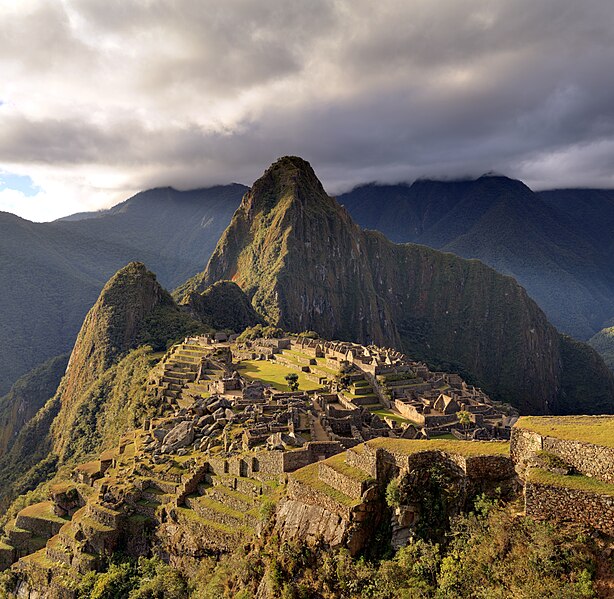Once upon a time, when I studied archaeology, my world was divided into two distinct groups: Diggers and Squints.
Squints worked in laboratories with elaborate machines that were known by esoteric terminology and were so complicated that they looked like something from one of Jack Kirby's nightmares, or sparky whirligigs from old Universal Pictures "Frankenstein" movies. Squints would take items of great antiquity, place them in their infernal devices, and then tell us, with rather smug precision, how old the piece was, what it was made from, and whether or not it was important enough to study further or place within the museum's permanent collection.

Courtesy of the estate of Jack Kirby [click to enlarge]
Diggers, on the other hand, were those in the field who, sometimes at great personal peril, found the remote treasures of the past using the eldest tools of the human race: shovels and trowels. Diggers were at turns historians, contractors, linguists, soldiers, diplomats, and detectives. Those talented in the sciences tended to become Squints; those less easy to categorize favored the ranks of Diggers. Naturally, I, and everyone I knew, wanted to be a Digger.

A typical Digger
The archetype for the Diggers was a thin, oft-bespectacled son of a Presbyterian missionary named Hiram Bingham III. Born in Hawaii in 1875 while his parents were on an extended mission to the Sandwich Islands, Bingham was educated at Philips-Andover, Yale, Berkeley, and Harvard. He then became an instructor at Princeton working closely with the university's president, Woodrow Wilson. He was lured away to the history department at Yale in 1907.
It was while on an official trip to a science conference in Chile that Bingham heard of the existence of a remarkable lost city somewhere in the jungles [oops, now they're "rain forests"] of Peru. Thus, he did what any well-trained academic would do. He did some research, wrote some letters, interviewed some experts, and then plunged into the Peruvian jungle to search for an Incan city that disappeared sometime around the 15th century reign of Tupac Inca Yupanqui [whose nickname in English is something like "Tupac the Keeper of His Enemies' Skulls"].
In the summer of 1911, after an arduous climb through thick foliage and at an insane altitude, Bingham and his party came across the most complete and unmolested city ever yet discovered, Machu Picchu.

Oh, you mean this lost city? It's been here for years.
One of the most compelling scenes in popular entertainment is the moment the intrepid explorer comes over a rise and gazes upon that which has not been seen by modern eyes. It is so compelling, it has been overused to the point that it is now cliche. Bingham and his party were the first to actually experience such a moment in modern times and the discovery transformed the study of archaeology, turning a rather staid field of inquiry into something much more exotic and desirable by young academics.
There was much intrigue and diplomacy that was involved in the story of Bingham and Machu Picchu, not to mention some derring-do. A good source for further research would be Bingham's own story, Lost City of the Incas, or the sensationally-titled, but very competent, Cradle of Gold: The Story of Hiram Bingham, a Real-Life Indiana Jones, and the Search for Machu Picchu.
Bingham's explorations would be interrupted by World War I, during which he would serve as a decorated officer in the Army Air Corps. He would marry into the Tiffany jewelry family and continue to serve his country in public office, chiefly as a two-term senator from Connecticut. [In keeping with the noble tradition of Connecticut senators, he would even be censured for financial hanky-panky. No, the Christopher Dodds pere et fils aren't the only ones.]
There have been times, when toiling away in some humid climate, shielded from a brutal sun by a ridiculous hat, that I have day-dreamed of looking through a phalanx of mangrove trees or field of elephant grass and finding some massive example of a lost world, or even an artifact that completely altered the accepted view of the ancient world. Because of Bingham, we can still dream of such things and imagine that there are still, even in this world of Google Earth and thousands of cameras in orbit, places waiting to be discovered.
Also, because of Bingham and his peers, we can climb ancient pyramids just for fun.

Actually, going up was the easy part. It was coming down that presented the challenge.
